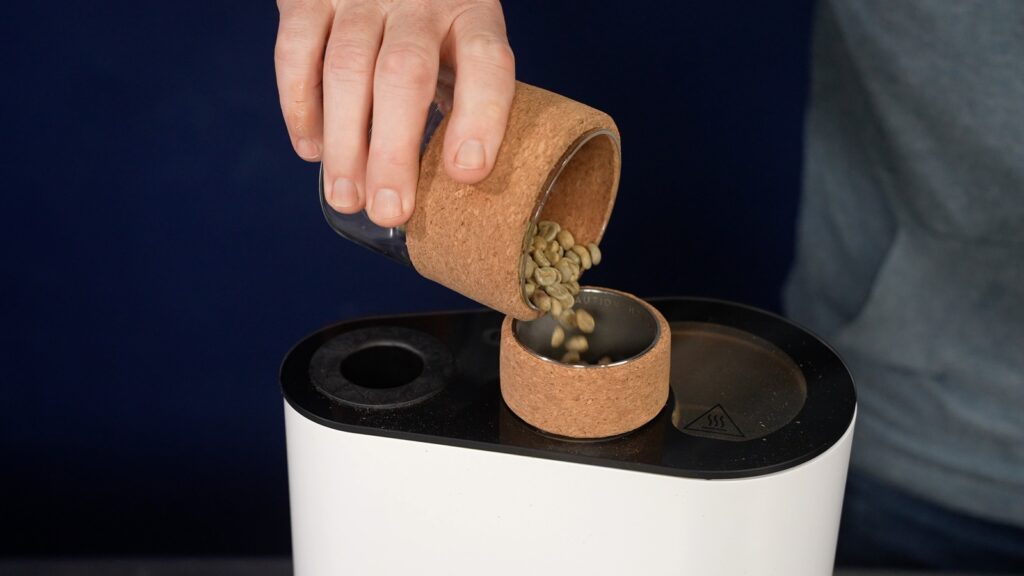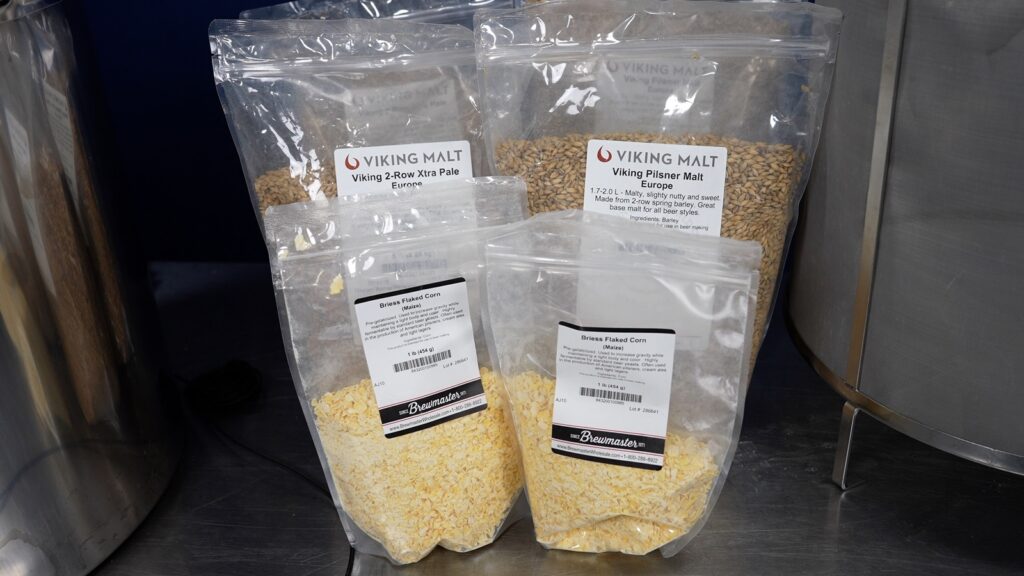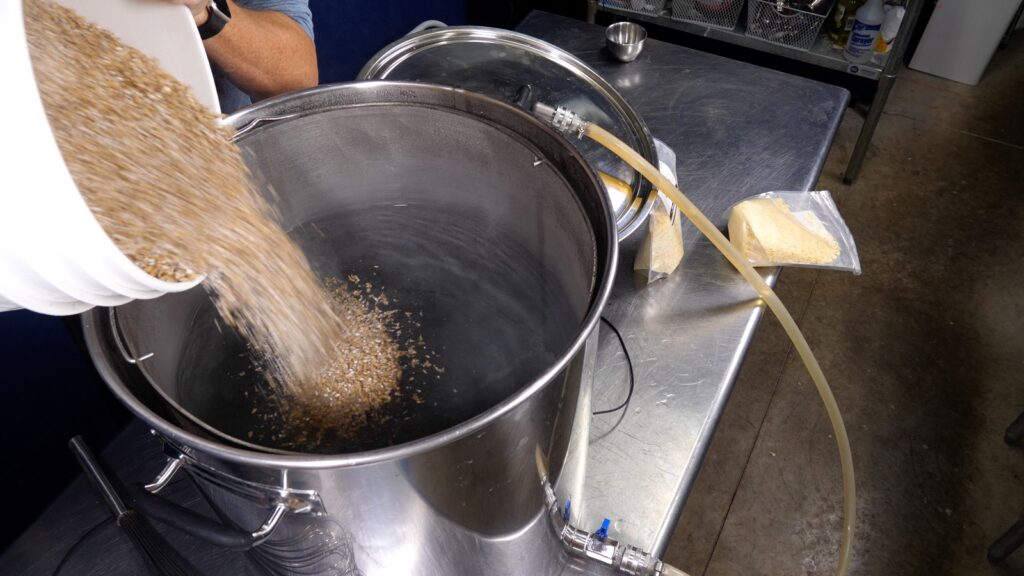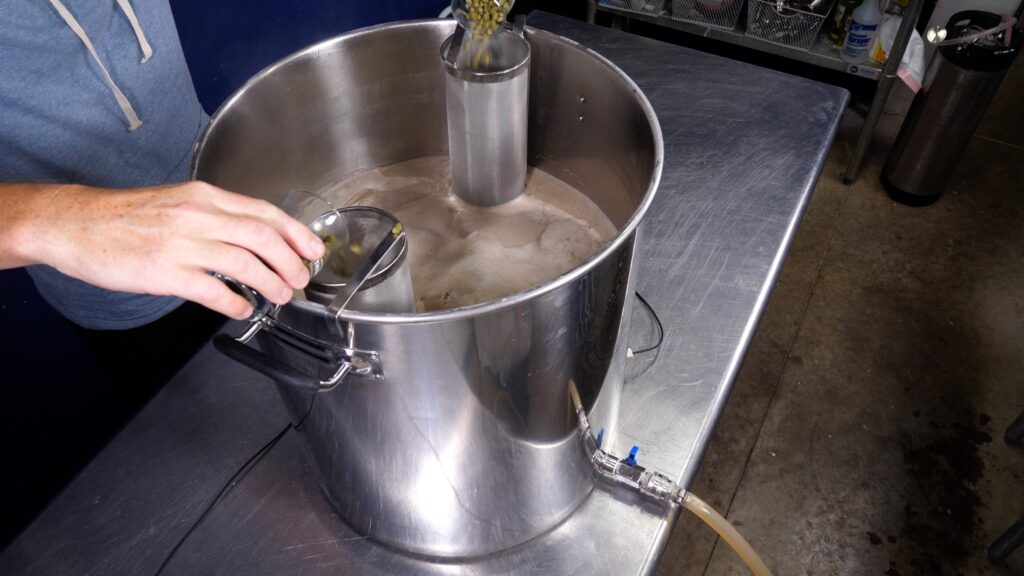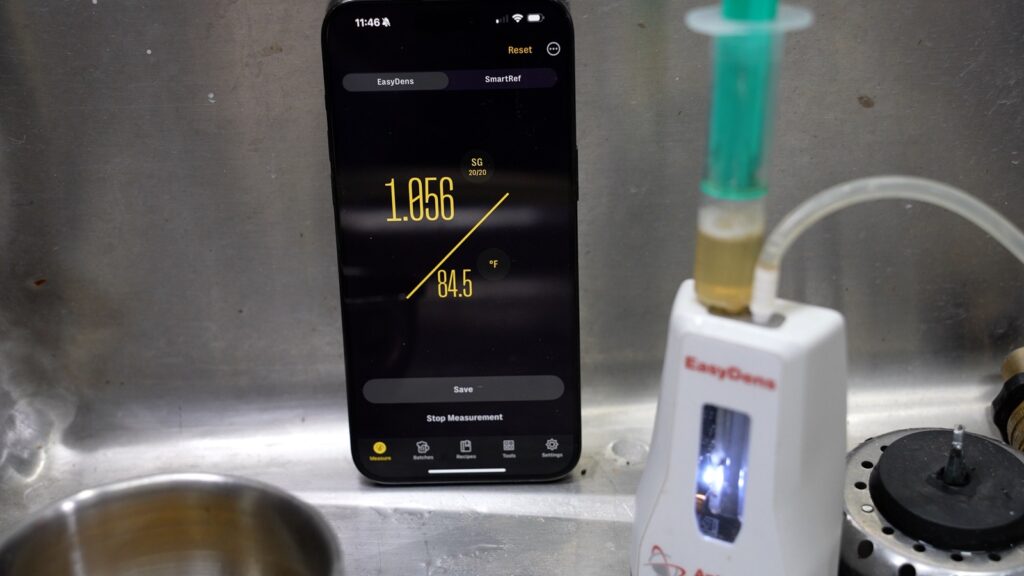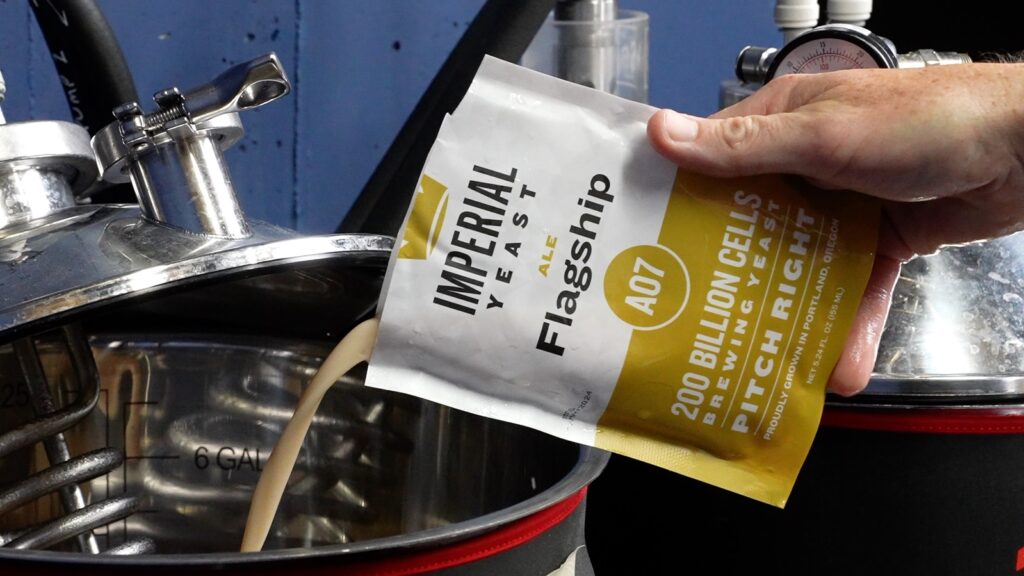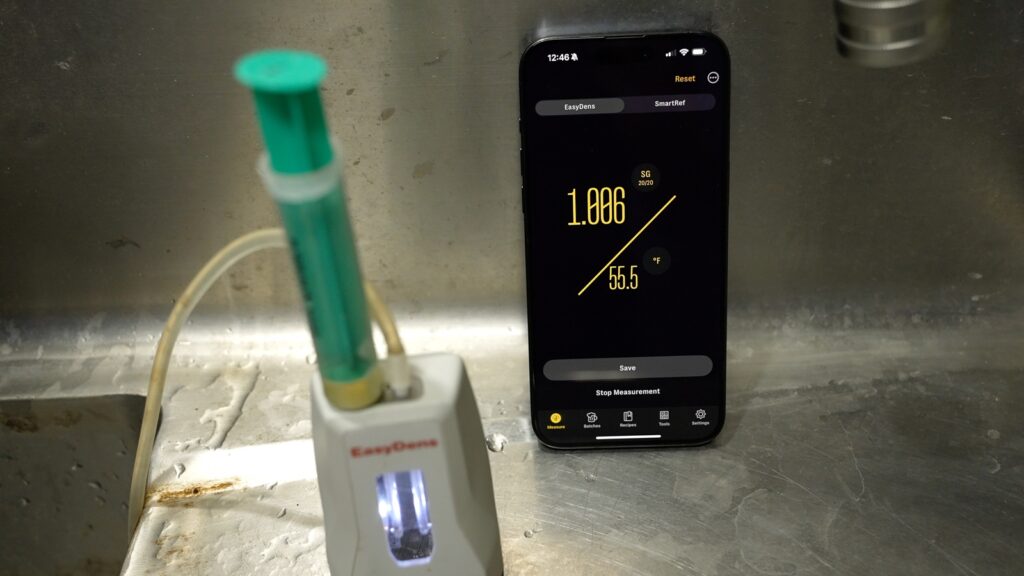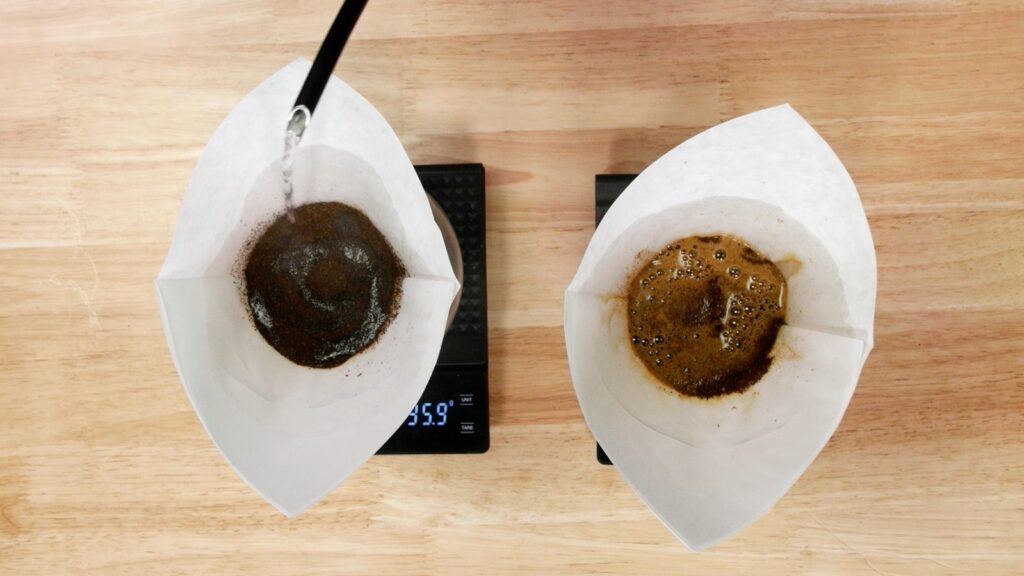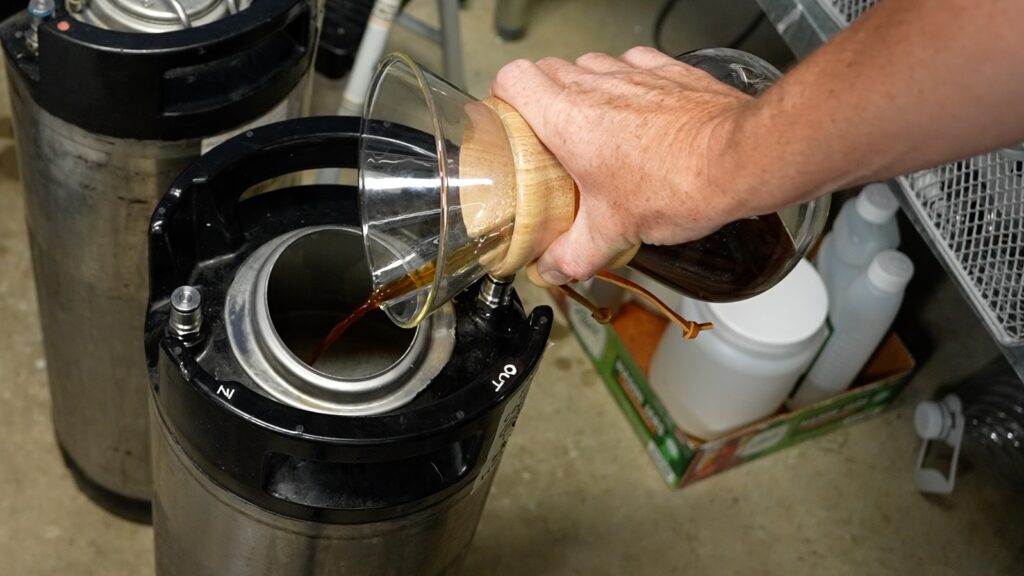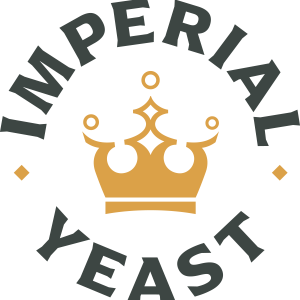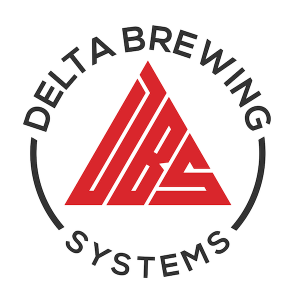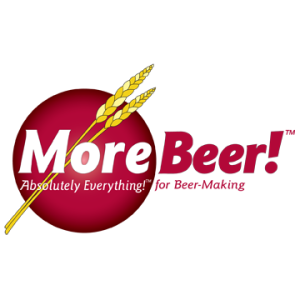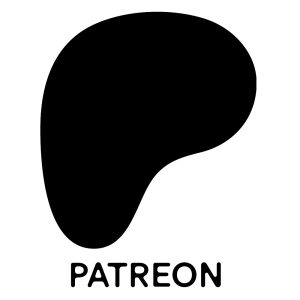Author: Martin Keen
Whereas some prefer sticking to tradition by relying solely on water, malt, hops, and yeast, more adventurous brewers often employ the use of other ingredients intended to put a unique spin on the beers they brew. One such example is coffee, which is typically used in darker styles, though can add a nice depth to paler beers as well.
When brewing with coffee, there are numerous decision that need to be made, one of which has to do with the source of the coffee. While most likely rely on coffee roasted by someone else, home roasting has become much more accessible, and it’s widely believed to result in a more desirable product. For coffee-loving brewers, this opens up novel opportunities to even further increase the level of “home” in their homebrewed coffee beers.
As a self-admitted coffee snob, I’ve certainly experienced the quality of a nice home-roasted cup of joe, and it makes sense to me that using better tasting coffee in a beer would lead to improved flavor. Now, I’ve yet to bite the bullet on buying my own roaster, but thankfully I’ve got a friend with deeper pockets than mine who was kind enough to lend his roaster to me. Curious of the impact home roasted coffee would have in a Cream Ale compared to cheap store-bought coffee, I designed an xBmt to test it out!
| PURPOSE |
To evaluate the differences between a Cream Ale made with cheap store-bought coffee and one made with home roasted coffee.
| METHODS |
Big thanks to MoreBeer for sponsoring this xBmt by providing me with a couple of their Cream Ale by Erik Beer all-grain kits, which is a simple yet tasty recipe.
Cream Ale by Erik Beer
Recipe Details
| Batch Size | Boil Time | IBU | SRM | Est. OG | Est. FG | ABV |
|---|---|---|---|---|---|---|
| 5.1 gal | 60 min | 21.6 | 3.8 SRM | 1.056 | 1.006 | 6.56 % |
| Actuals | 1.056 | 1.006 | 6.56 % | |||
Fermentables
| Name | Amount | % |
|---|---|---|
| 2-Row Xtra Pale Malt | 5 lbs | 45.45 |
| Pilsner | 5 lbs | 45.45 |
| Flaked Maize | 1 lbs | 9.09 |
Hops
| Name | Amount | Time | Use | Form | Alpha % |
|---|---|---|---|---|---|
| Saaz | 42 g | 60 min | Boil | Pellet | 2.8 |
| Hersbrucker | 14 g | 60 min | Boil | Pellet | 1.8 |
| Saaz | 14 g | 20 min | Boil | Pellet | 2.8 |
Miscs
| Name | Amount | Time | Use | Type |
|---|---|---|---|---|
| Coffee | 450 ml | 0 min | Secondary | Other |
Yeast
| Name | Lab | Attenuation | Temperature |
|---|---|---|---|
| Flagship (A07) | Imperial Yeast | 77% | 60.1°F - 72°F |
Notes
| Water Profile: Ca 33 | Mg 3 | Na 8 | SO4 25 | Cl 50 |
Download
| Download this recipe's BeerXML file |
A few weeks prior to brewing, I borrowed my friend’s IKAWA home roaster and roasted my own beans, which were stored in my freezer until use.
Since the variable for this xBmt would be introduced post-fermentation, I combined the kits into a single 10 gallon/38 liter batch.
After collecting the full volume of water, adjusting it to my desired profile, and heating it up, I milled the grain then mashed in.
I set my Clawhammer Supply 240v controller to maintain my desired mash temperature of 150°F/66°C. When the 60 minutes mash was complete, I removed the grains and proceeded to boil the wort for 60 minutes, adding hops at the times listed in the recipe.
Once the boil was finished, I quickly chilled the wort with my Exchilerator Maxx while splitting it equally between two identical fermenters. A refractometer reading showed the wort had a slightly higher OG than expected.
Next, I pitched a pouch of Imperial Yeast A07 Flagship into each batch of wort.
After 10 days at 66°F/19°C, signs of activity were absent, so I took hydrometer measurements showing FG had been reached.
The beers were cold crashed to 34°F/1°C overnight, at which point I prepared the store-bought and home roasted coffees using the pour-over method.
I added identical amounts of each coffee to separate kegs before filling them with Cream Ale and purging with CO2.
The filled kegs were placed on gas in my keezer where they left to condition for 12 days before they were ready for evaluation.
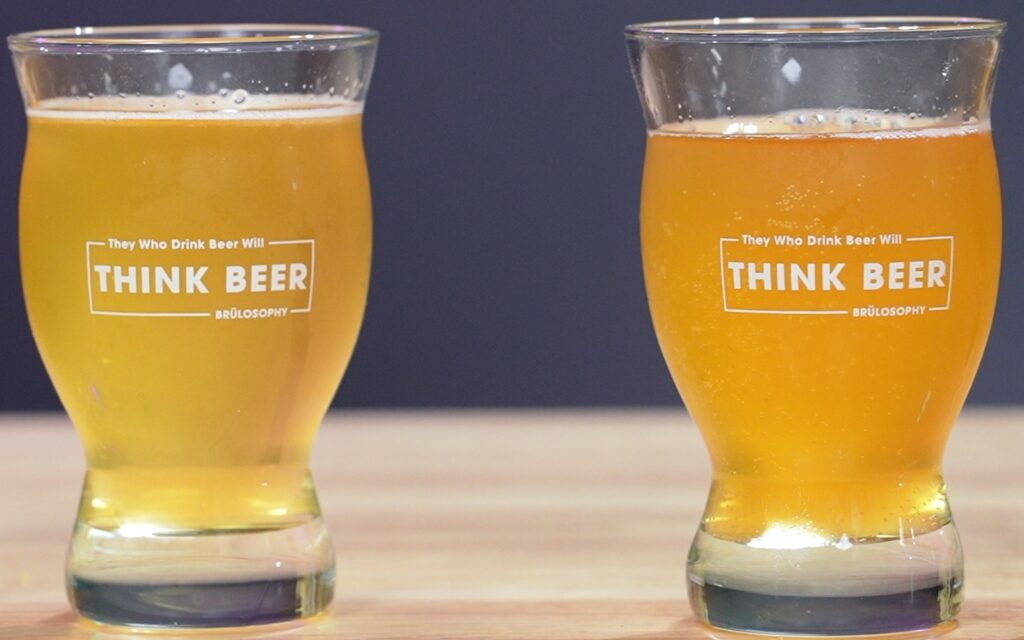
| RESULTS |
A total of 24 people of varying levels of experience participated in this xBmt. Each participant was served 2 samples of beer made with store-bought coffee and 1 sample of the beer made with home roasted coffee in different colored opaque cups then asked to identify the unique sample. While 13 tasters (p<0.05) would have had to accurately identify the unique sample in order to reach statistical significance, 14 did (p=0.01), indicating participants in this xBmt were able to reliably distinguish a Cream Ale made with store-bought coffee from one made with home roasted coffee.
The 14 participants who made the accurate selection on the triangle test were instructed to complete a brief preference survey comparing only the beers that were different. A total of 6 tasters reported preferring the beer made with store-bought coffee, 3 said they liked the beer made with home roasted coffee more, 2 had no preference despite noticing a difference, and 1 person reported perceiving no difference.
My Impressions: Out of the 5 semi-blind triangle tests I attempted, I correctly identified the odd-beer-out every time. To my senses, the version made with store-bought coffee had a much bolder coffee aroma with a notable bitterness, whereas the beer made with home roasted coffee was mild with a subtle but pleasant hint of coffee on the palate. Surprisingly, I preferred the batch made with cheap store-bought coffee, as it had a stronger coffee character overall.
| DISCUSSION |
Coffee beers are relatively common these days, and seeing as most brewers likely aren’t also coffee roasters, most are produced using coffee roasted by others. However, for the nerdiest of coffee nerds, there are home roasting unit that afford maximum control over the finished product, ostensibly improving the quality. As such, one might speculate that using home-roasted coffee in beer would have a perceptible impact. Indeed, tasters in this xBmt were able to reliably distinguish a Cream Ale made with cheap store-bought coffee from one made with home roasted coffee.
Based purely on how the whole beans looked, it was obvious they were roasted to different levels with the store-bought stuff being quite a bit darker than the home-roasted coffee, and that may explain these results. As far as claims that home roasted coffee will produce a superior beer compared to store-bought coffee, this xBmt did not reach that conclusion, in fact a plurality of tasters reported preferring the version made with store-bought coffee.
When comparing the coffees on their own, I felt the home roasted cup was far better than the ashy store-bought coffee. However, this did not carry through in in the beer, rather the batch made with store-bought coffee had a noticeably stronger generic coffee flavor compared to the subtle flavor of the version made with home roasted coffee. As much as it pains me to say it, I actually preferred the latter and see no reason to invest the time and energy on roasting my own coffee when it’s going to be added to beer in the future.
If you have any thoughts about this xBmt, please do not hesitate to share in the comments section below!
Support Brülosophy In Style!
All designs are available in various colors and sizes on Amazon!
Follow Brülosophy on:
FACEBOOK | TWITTER | INSTAGRAM
If you enjoy this stuff and feel compelled to support Brulosophy.com, please check out the Support page for details on how you can very easily do so. Thanks!


